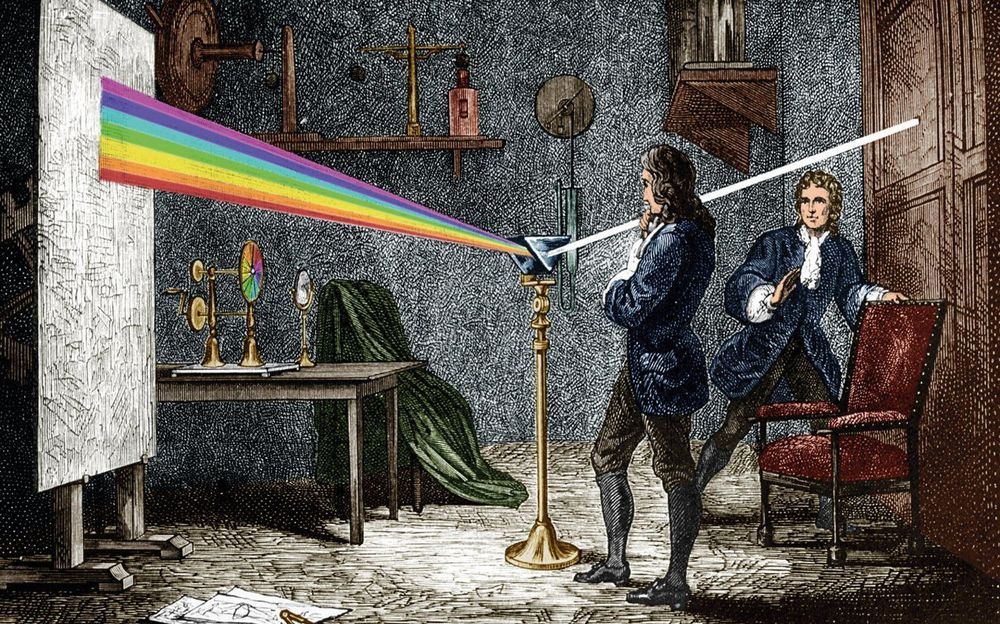“In the 18th century and since, Newton came to be thought of as the first and greatest of the modern age of scientists, a rationalist, one who taught us to think along the lines of cold and untinctured reason. I do not see him in this light. I do not think anyone who has pored over the contents of the box he packed up when he finally left Cambridge in 1696 and which, though partly dispersed, have come down to us, can see him like that. Newton was not the first of the age of reason. He was the last of the magicians, the last of the Babylonians and the Sumerians, the last great mind who looked out at the intellectual and visible world with the same eyes as those who began to build our intellectual inheritance rather less than 10,000 years ago.”
Probably not very many people could identify the author of this passage. In fact it was John Maynard Keynes, writing in an essay from the late 1930s, “Newton the Man”, which was read as a lecture some months after Keynes had died in April 1946 by his brother Geoffrey Keynes. Based on a study of Newton’s papers, which Keynes was the first to see before some were sold in 1936, the 20th century’s greatest economist described the founder of modern science as a magician.
